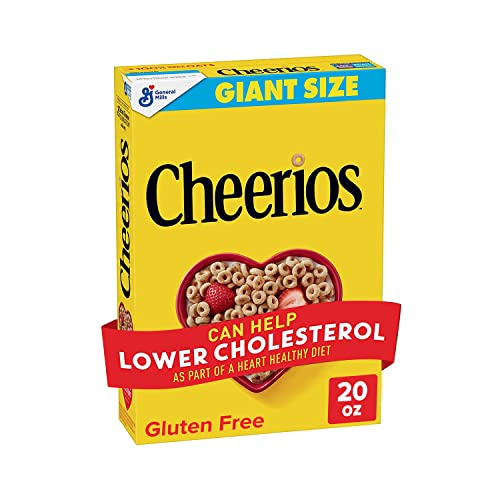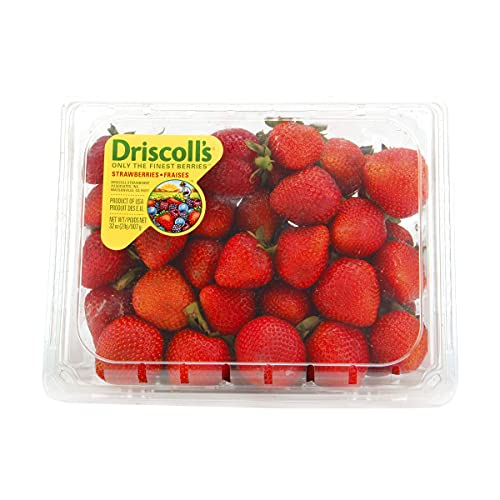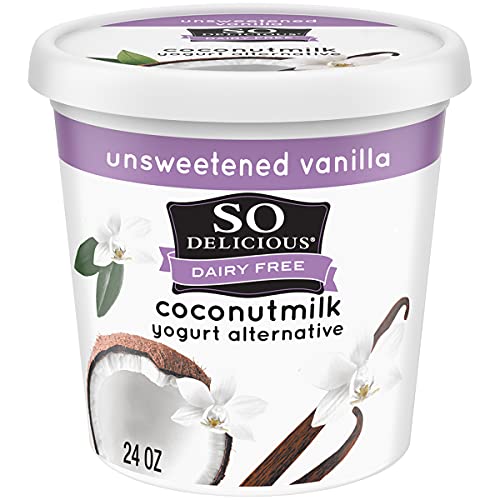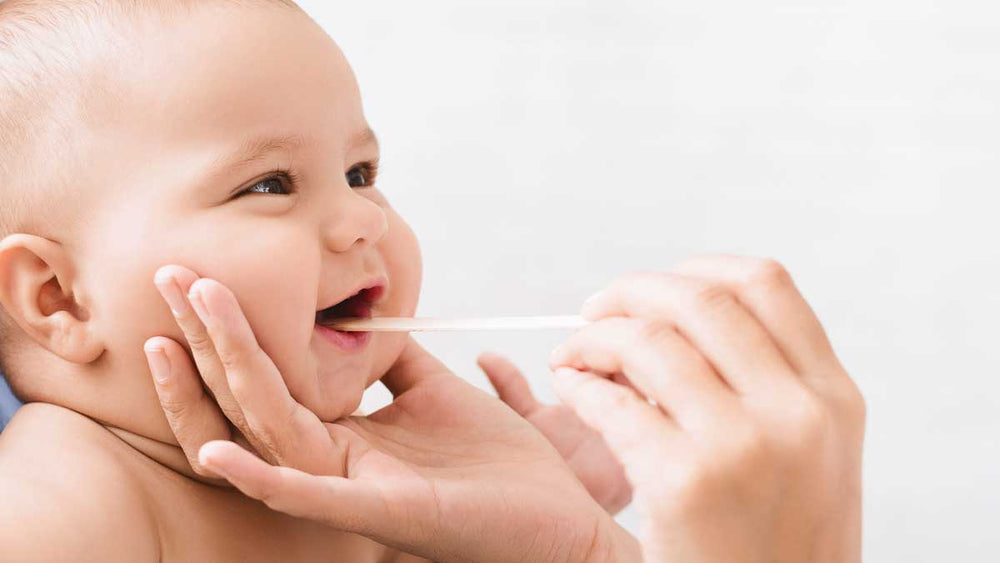Reflux-Friendly First Foods & Feeding Techniques for Fuss-Free Meals
Introducing solid foods is a very exciting milestone that many parents look forward to. It can be a bittersweet moment with the realization that your infant is outgrowing their infancy stage, but watching them try new foods can also be so fun. When your child has reflux, I see how introducing new foods may be problematic, especially when not knowing how they will respond to the latest foods and what may irritate your little one's reflux. Hopefully, by the end of this article, you will be more confident and comfortable when it comes to introducing foods to your baby with reflux.
Slow and Steady Wins the Race
Before introducing foods, you’ll want to ensure your baby is ready. The American Academy of Pediatrics recommends the following:
- Your baby should be able to sit in their high chair with good head control (meaning they can hold their head up on their own).
- Does your baby seem interested in the food you’re eating? If you are eating a meal while holding your baby on your lap, does your baby stare at the food, move their head while watching the spoon, and think they may be able to get in on the action?
- Is your baby at least 4-6 months of age? Most pediatricians will encourage the introduction of foods between 4 and 6 months of age and when the infant is at least double their birth weight. Waiting 4-6 months allows your child's GI tract to mature.
When you decide it’s time to introduce food, you will want to ensure you introduce only one food at a time and wait 3-5 days before introducing another. During these 3-5 days, you will want to monitor your child for any reaction to that food. This will help narrow down any food intolerance or foods that may worsen your child's reflux.
Introducing Textures and Flavors with Reflux in Mind
You’ll notice that most store-bought baby food comes in stages - stage 1, stage 2, and stage 3. Each stage is designed with consistency in mind. Stage 1 purees are thinner in consistency, and stage 3 is thicker in consistency. As your baby progresses, you may want to start including various spices to flavor their food, and I would just encourage you not to add salt. My general rule of thumb is to wait until your child is at least one before introducing salt; if you decide to do so, less is best. Be sure to talk to your healthcare professional before starting any food and seasoning to ensure it is suitable for your child.
Choosing Reflux-Friendly First Foods for Smooth Sailing
Not all purees are created equal! When introducing new foods to a baby with reflux, you’ll want to remember to offer non-acidic foods. Rice cereal, sweet potato, avocado, bananas, pears, apples, and peas are all generally safe options to serve your baby.
Feeding Techniques to Promote Comfort
The same recommendations apply to babies eating solid foods and getting fed a bottle. It is best to avoid overfeeding your baby with reflux to help promote comfort and less troublesome symptoms. The fuller the stomach, the more symptoms your child will likely experience. It is also essential to ensure your baby does not lay down after eating. Give at least an hour after eating before laying your baby down to sleep.
If you have a baby with reflux, we’d love to hear from you! Please feel free to share your do’s and don’ts when you have a child with reflux or recipes you and your baby love.
- Starting solid foods. HealthyChildren.org. (2022, August 12).



















Comments
Join The Conversation...